You might think 100 feet is just a number, a straightforward measurement. But have you ever stopped to picture it? Sometimes, feet and inches can feel abstract—especially when imagining something that size without a ruler long enough to stretch out. That’s why comparing 100 feet to familiar objects and landmarks can give you a much clearer sense of its scale.
So, how long is 100 feet? Let’s break it down with everyday examples, famous structures, and surprising comparisons. Ready to stretch your imagination?

10-Story Building
Imagine a building with 10 floors. If you guess each floor is roughly 10 feet tall, you’re close! So a 10-story building stands about 100 feet tall. That’s like looking up and seeing a skyscraper small enough to fit in a large neighborhood block, but tall enough to give you a good case of neck strain if you crane your head upwards for too long.
Think about it—standing next to a 10-story building, you’re looking at something towering above you by about 100 feet. Suddenly, 100 feet feels a lot more real and a bit more intimidating.
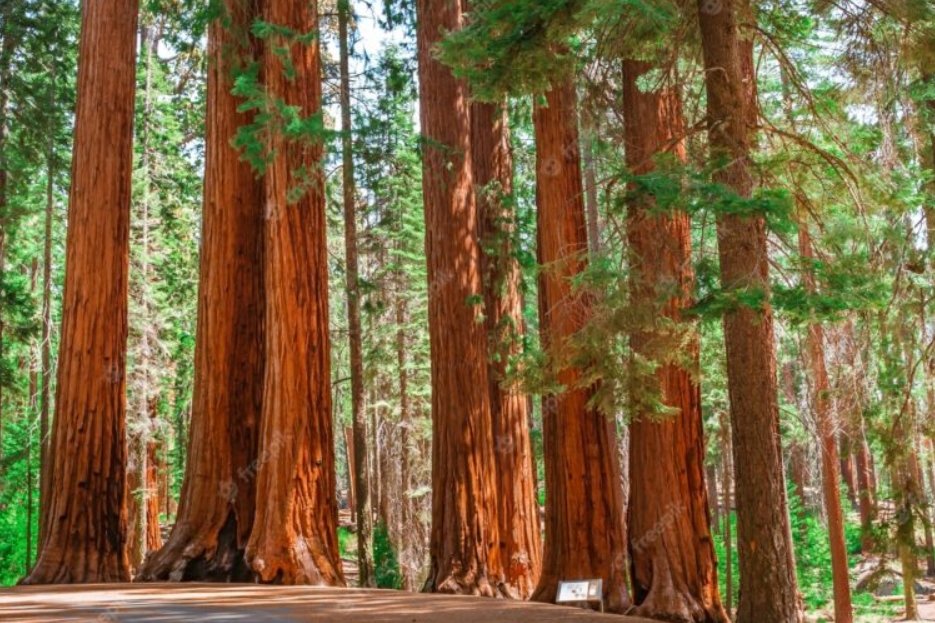
Redwood Tree
Redwoods are famous for being some of the tallest trees on Earth and can easily grow to 300 feet or more. So, 100 feet is roughly one-third the height of a mature redwood tree. Imagine standing next to a giant redwood: the first 100 feet of its trunk alone could feel like a small forest, with birds nesting and squirrels darting about.
It’s pretty wild to think that a single tree could dwarf a 10-story building, yet 100 feet is just a slice of its grand height.
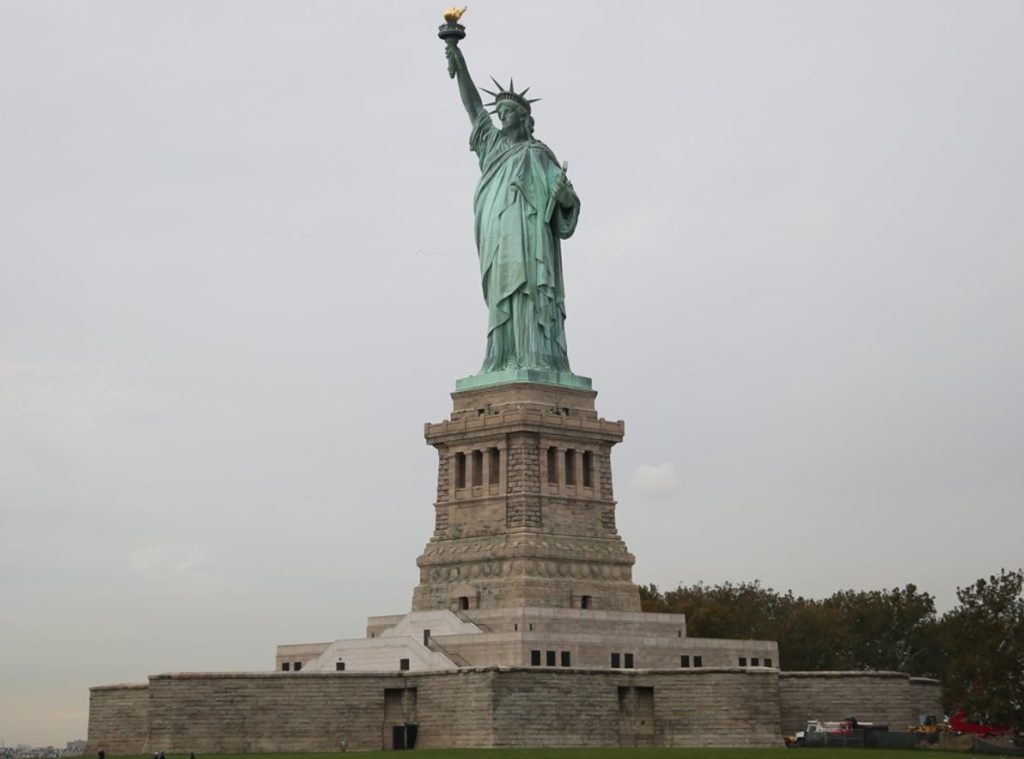
Statue of Liberty Pedestal
The Statue of Liberty is an iconic symbol, and while many focus on the statue itself, the pedestal it stands on is quite substantial too—about 100 feet tall. That means if you were to measure from the pedestal’s base to where Lady Liberty starts holding her torch, you’d be covering roughly 100 feet.
So next time you see pictures of Lady Liberty, remember the base she stands on is almost as tall as a 10-story building. That pedestal isn’t just a foundation—it’s a statement.
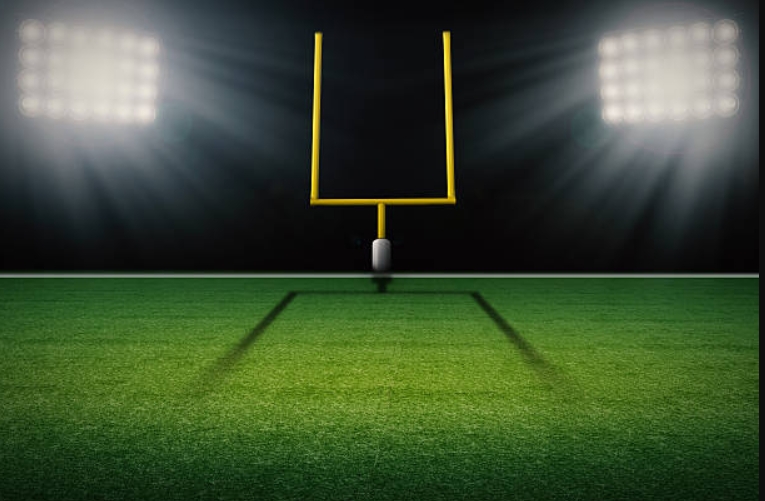
Football Field Goalpost
If you’re a sports fan, here’s a fun one: the crossbar on a standard American football field’s goalpost sits exactly 10 feet above the ground, but the uprights soar much higher—often about 30 feet tall or more. Imagine stacking those uprights end to end about three times—that’s roughly 100 feet.
Or, to put it another way, 100 feet is about one-third the length of a standard American football field, excluding the end zones. So, it’s a decent chunk of turf to cover if you’re sprinting with the ball.
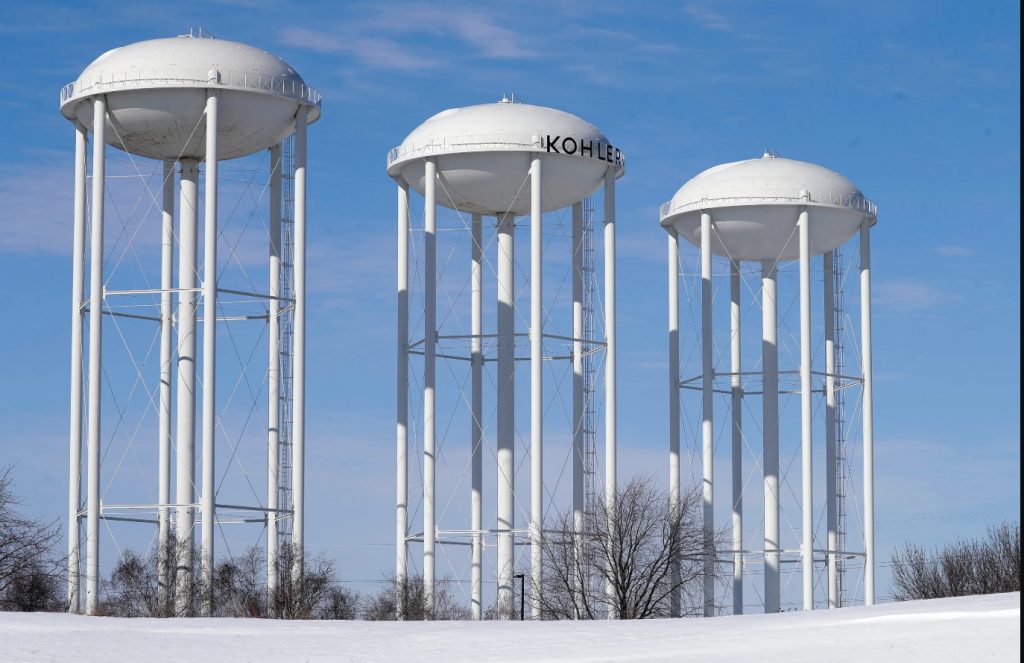
Water Tower
Water towers are those giant, often round tanks on tall stilts you see around towns. Their height can vary, but many stand about 100 feet tall—just enough to create pressure and distribute water to homes.
From the ground to the top of the water tank, you’re looking at a structure that’s roughly the length of 100 feet. When you spot one, you see a giant metal bottle towering over the neighborhood, holding gallons of water up high.

Ferris Wheel Cabin
Ferris wheels are a staple of fairs and amusement parks. The cabins where passengers sit usually dangle pretty high off the ground, but the entire wheel varies in size.
Some mid-sized Ferris wheels have cabins that reach about 100 feet off the ground at their peak. Picture that—riding in a cabin and getting a panoramic view from 100 feet up. That’s high enough to see entire city blocks or sprawling parks beneath you.
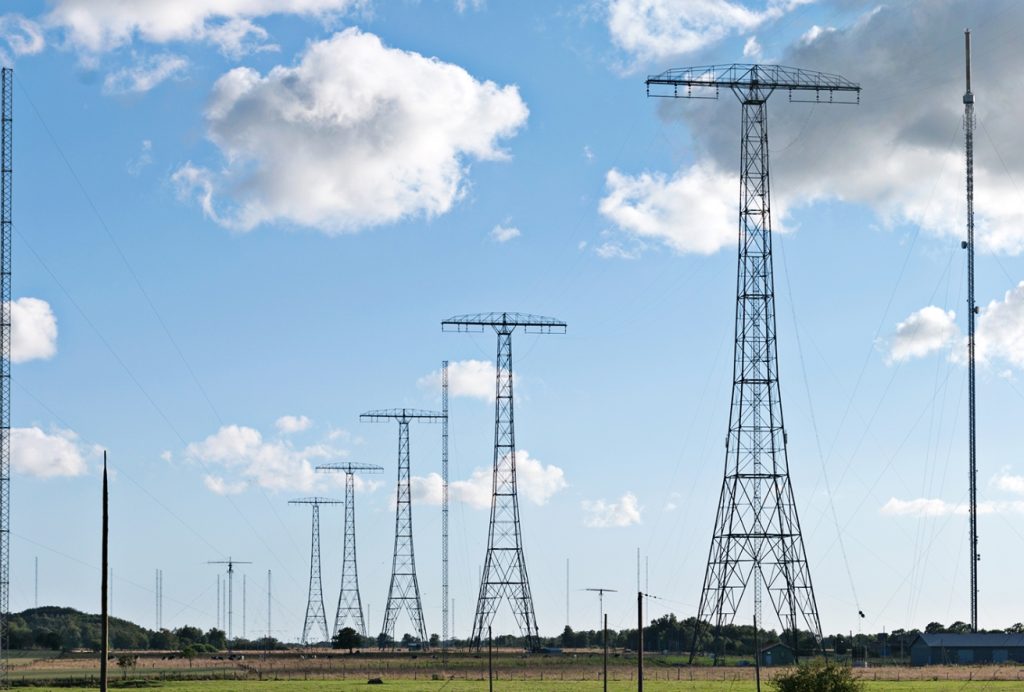
Radio Transmission Tower Segment
Radio and cell towers can stretch hundreds of feet into the sky, often with visible sections stacked like giant Lego blocks. A single segment or portion of a transmission tower can measure roughly 100 feet.
Think of those tall, thin metal giants lined up along highways. Each 100-foot segment supports countless antennas and equipment, pushing signals across miles. Without those, our phones, radios, and TVs wouldn’t work smoothly.
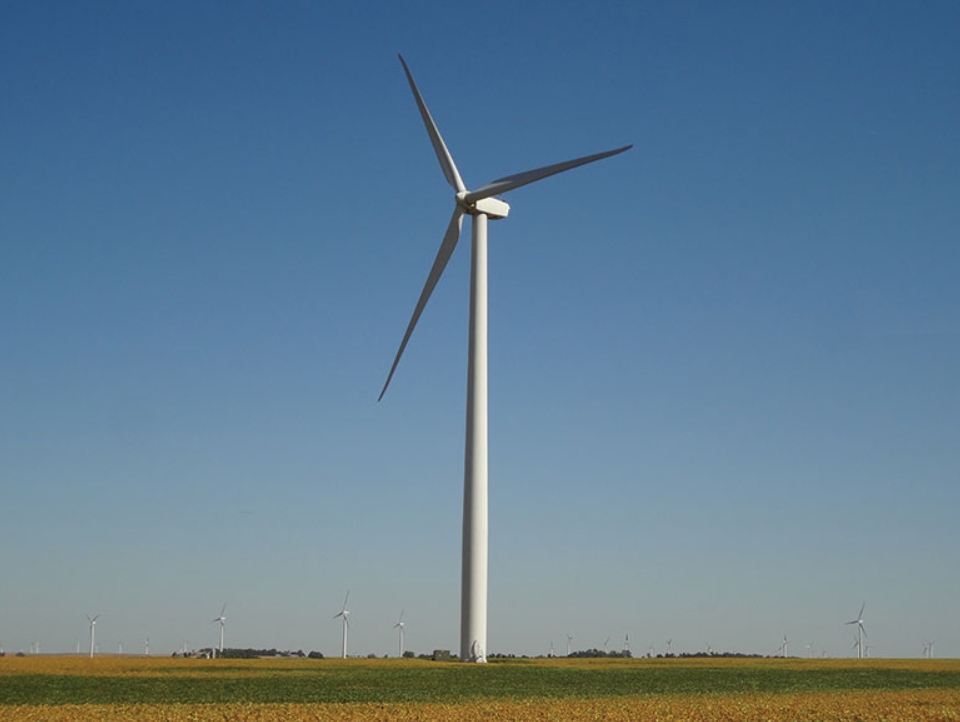
Wind Turbine Tower
Wind turbines look like giant white swords stuck into the earth. The towers that support those massive blades often stand about 100 feet tall, though many modern turbines reach much higher.
If you’ve ever driven past a wind farm, you’ll know how those turbines seem to poke right through the clouds. The 100 feet mark is roughly where the base tower ends and the blades begin to sweep, capturing energy from the wind.

Roller Coaster Support Pillar
Roller coasters have those thick support pillars holding up their twisting tracks. Many pillars stand around 100 feet tall, especially on larger, thrill-seeker rides.
So when you’re waiting in line and glance at the towering steel supports overhead, picture them as roughly 100 feet tall. That’s taller than most trees and way taller than your average house—no wonder those rides feel so intense!

Pine Tree
Pine trees come in all shapes and sizes, but some can grow to about 100 feet tall. That’s roughly the height of a mature pine tree standing proudly in a forest.
If you’re ever hiking and come across a tall pine reaching that height, you’re looking at a natural monument that stretches 100 feet straight up—nature’s skyscraper. It’s humbling and awe-inspiring all at once.
Conclusion:
So, next time you hear “100 feet,” you’ll have a better mental image. Whether it’s the length of three buses or a small building’s height, these comparisons help turn numbers into something tangible. It’s all about making measurements meaningful, so they stick—and honestly, it’s pretty cool to grasp just how much space 100 feet covers.

Suzana explores how culture, geography, and tradition influence the sizes of everyday items—from clothing to furniture. With international research experience, he brings global perspective to Sizello’s content.


Leave a Reply